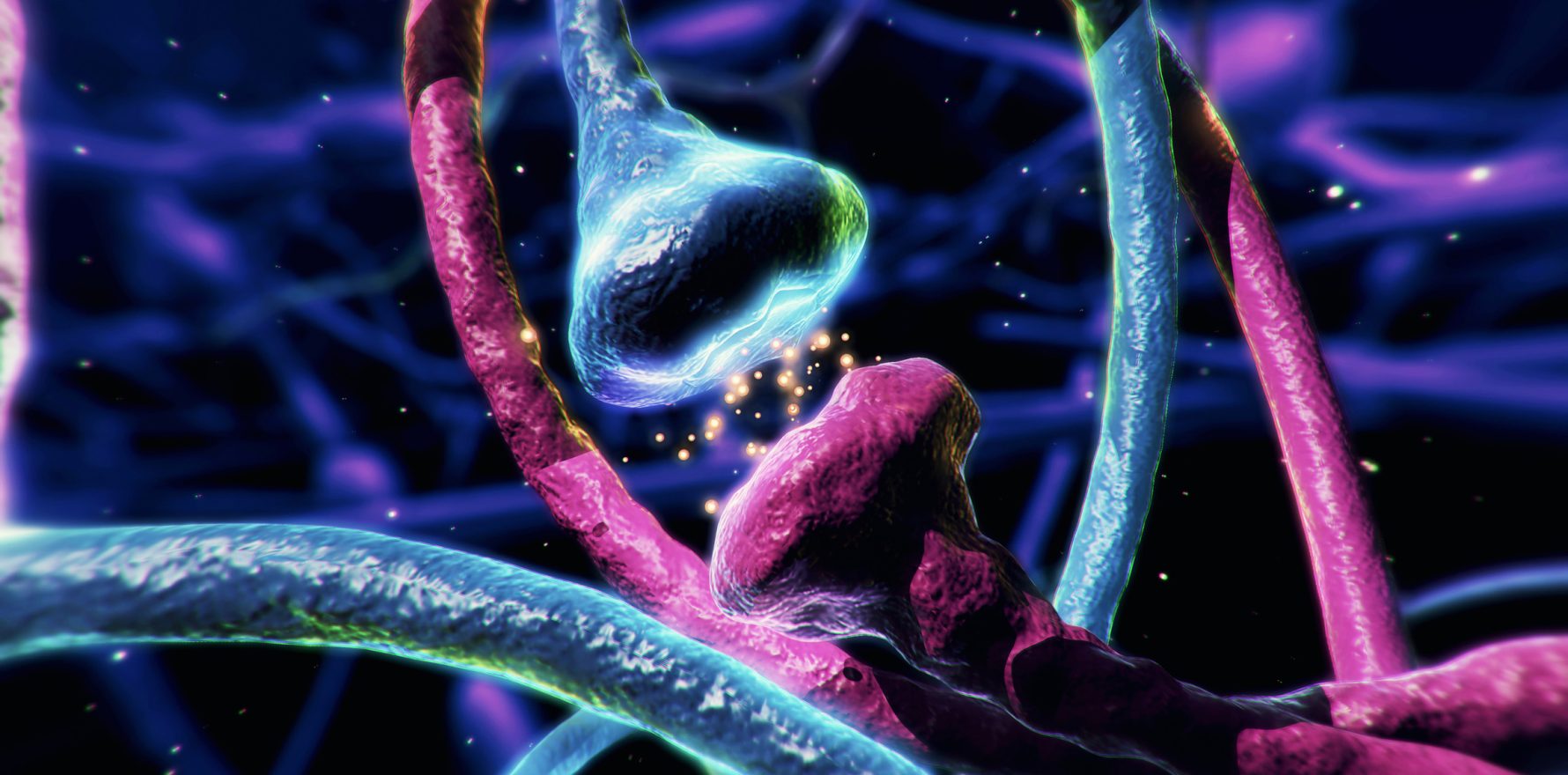It’s a question developers of the exchange need to think about if they want to convince the people it’s supposed to help – and that’s not just patients.
Back in 2005, Dr Suzie Miller, now deputy clinical director of the Victorian Virtual ED, was an emergency medicine resident at Stanford University Medical Center in California.
In the process of trying to diagnose a patient with what she suspected was a rare disease, Dr Miller spent about $50,000 of the hospital’s resources.
“It turned out, she had already been diagnosed with it by Kaiser, less than five miles away,” Dr Miller said during a webinar hosted by TMR’s sister publication Health Services Daily last week. It was a classic case of a lack of interoperability – data sharing between healthcare providers – wasting time and money, and risking a delay in treatment for the patient.
Dr Miller went on national public radio as a result.
“I was saying, ‘let’s get this together, we need to fix this problem’,” she said.
Dr Miller has been advocating for interoperability and projects like the national health information exchange ever since.
The HIE, now officially known as Health Connect Australia, is, according to the Australian Digital Health Agency, “a technology solution that enables the electronic sharing of patient healthcare information with clinicians and organisations in a region, community or hospital systems, connecting systems that would not be linked otherwise”.
Specifically, Health Connect Australia will support multidisciplinary collaboration across care settings, and Dr Miller is excited by that prospect.
“Not only do I think this is essential, I think personally as a clinician still working clinically, I will use this every day,” she told the webinar.
“When My Health Record works, it’s like [a] dopamine hit goes off in my brain,” she said.
“I’m so excited, because it doesn’t work 50% of the time, but when it does work, and I get a shared health summary, and I can see when [my patients] have been seen in emergency departments in the past, it dramatically changes my care.
“If you said to me, what is the number one thing we could do as Australians to improve efficiency and patient quality and safety?
Related
“It is this [the HIE]. We need integrated health records that I can have access to immediately in my care setting.”
But, says Dr Miller, there is one big concern as far as she is concerned.
“My biggest concern is that clinicians aren’t really being asked to build this as much as they should be,” she said.
“We’re actually the consumers, and I’m worried that human factors are not being considered enough – what I mean by that is user experience.
Just another My Health Record where the clinician has to click through each individual entry and then wait for it to load and open, isn’t going to cut it, she said.
“If I can’t even cut and paste from it, it’s not going to help me.
“If you can give me something super slick where I open it up and I have a one-page summary — all the patient’s past medical records, meds, allergies, social situation, and when they’ve been admitted in the last five years. And then with a click on the button, I can find radiology and pathology – I will use this, not only every day, but with every patient.”
Dr Miller said she was 100% a supporter of Health Connect Australia.
“We have to have immediate access to all of this data, especially now that we’re moving to statewide virtual care models,” she said.
“So yes, I couldn’t be more of a supporter, but I do caution that you have to get the consumers involved.
“And guess who the consumers are this time? It’s actually the clinicians.”
Getting clinicians involved in the HIE development process is not as simple as it sounds, however. Communication is key.
Dr Paul Eleftheriou, principal and co-lead of digital health at the Nous Group, said he wanted to see more from the ADHA and federal government.
“I’m actually really excited by the investment [in the HIE],” he said.
“But there’s also a bit more to do to explain the vision, the plan, and then also decipher, because there’s a bit of confusion in the sector as to what the HIE is.
“So that kind of branding and communication, I think, is really important, and change management is really important. I want to see more of that in the coming months.
“It’s time for more stewardship in this country. The overall sector, ecosystem, needs more leadership,” said Dr Eleftheriou.
“Most people need a bit of a bit more direction, because again, back to that fragmentation. We need to rise above the tool, the tech.
“We can sit there and list 100 vendors who do amazing things, but the tools are nothing without the people and the collaborative and the standards of change management that we need.
“We can’t always dictate to GPs. They are sole contractors. We need to, therefore, also inject a lot of agility and limited democracies, as I call it.
“You need some guardrails, because otherwise we won’t, we won’t find that sweet spot between democracy and too much flexibility.”





